Kintavar Exploration (TSXV: KTR) has found a new mineralization zone at its Mitchi copper project in Quebec, after following a field of marble and calc-silicate boulders containing copper mineralization.
The new zone, called Irene, is 550 metres north of the project’s main mineralized zone — Sherlock — and contains similar grades and mineralization, the company says.
Kintavar says it has found a near-surface and folded sedimentary system on the eastern part of its project area that has many of the characteristics of a sediment-hosted, stratiform, copper-type deposit.
The property, 300 km north of Montreal, is in the northwestern part of the Central metasedimentary belt of the Grenville geological province.
Kintavar says it was high-grade metamorphism and folding of the Grenville rocks that brought the mineralization to surface. Folding repeats the typically narrow, mineralized horizons into thick, mineralized packages that support open-pit mining, the company says.
Stratiform copper deposits typically lie deep underground, but the mineralization at Mitchi is shallow and flat.

Workers on an outcrop at the Mitchi project. Credit: Kintavar Exploration.
Initial surface work at the project uncovered copper and silver mineralization over 20 km along three corridors — Sherlock, Watson and Nasigon — with grades ranging from 0.5% copper to 1% copper.
Each corridor holds 10 km of favourable sedimentary units that are 5 to 7 km apart.
The discovery of the Irene zone extends Mitchi’s exploration horizon north into an area that Kintavar had not known contained favourable stratigraphy, based on historic mapping.
Drill hole 1818 in the Irene corridor returned 10.9 metres of 0.14% copper and 0.89 gram silver per tonne from 12.1 metres’ depth, while drill hole 1819 cut 45 metres of 0.31% copper and 3.14 grams silver from 59 metres downhole, including 6.8 metres of 0.56% copper and 6.48 grams silver from 61 metres downhole. Drill hole 1820 intersected 7 metres of 0.27% copper and 2.61 grams silver from 10 metres downhole.
“Finding new zones parallel to the main mineralization is very encouraging because it has the potential to significantly increase the mineralized volume of the project,” Kiril Mugerman, Kintavar’s president and CEO, tells The Northern Miner.
“We see more and more new zones appearing from the work this summer, which speaks volumes about the success of our exploration approach. And having a new zone only 500 metres north of the Sherlock area brings more mineralization nearby, so both areas could be accessed by the same infrastructure.”
Mugerman says that finding these parallel zones will be key if Mitchi is to become a major copper project.
This year Kintavar is drilling 10,000 metres at the project.

A trench at the Mitchi copper property. Credit: Kintavar Exploration.
At the end of August, assays were reported from the first five holes punched into Sherlock, and all intersected the mineralized sedimentary unit over tens of metres.
Drill hole 1814 returned 83 metres of 0.42% copper and 4.25 grams silver from 18 metres downhole, including 34.3 metres of 0.63% copper and 7.45 grams silver starting from 59.8 metres downhole. Drill hole 1816 cut 92.8 metres of 0.25% copper and 2.19 grams silver from 19.2 metres downhole, including 24.7 metres of 0.50% copper and 4.97 grams silver from 42 metres downhole.
Results from another 19 holes drilled at Sherlock are pending.
Last year, channel samples from Sherlock returned 21.4 metres of 0.49% copper and 5.5 grams silver. Samples from the Watson corridor included 13.6 metres grading 0.54% copper, 5.29 grams silver and 0.57% manganese, and 3 metres of 0.61% copper, 6.02 grams silver and 0.53% manganese. The Nasigon corridor sampled 10 metres of 1.1% copper and 3.4 grams silver.
Over 20% of the world’s copper production comes from stratiform copper deposits.
They are typically of Proterozoic age and associated with large sedimentary basins and evaporates — such as the Katanga basin in the Democratic Republic of the Congo.
Some of the world’s biggest deposits are Kupferschiefer and Udokan.
Metals found in these types of deposits can include silver, lead, zinc, cobalt and manganese.
In addition to what it thinks could be a sediment-hosted stratiform copper deposit on the eastern portion of its property, Kintavar says the western part of the project area hosts iron oxide copper-gold and skarn-type mineralization.
The 300 sq. km project, 100 km north of the town of Mont-Laurier, is accessible by a network of logging and gravel roads.
A hydroelectric power station lies 14 km east, and a railway line passes through the town of Parent, 50 km south.
At press time, Kintavar’s shares traded at 32¢ within a 52-week range of 9.5¢ (December 2017) to 65¢ (February 2018).
The junior explorer has 64.8 million shares outstanding for a $25-million market capitalization.

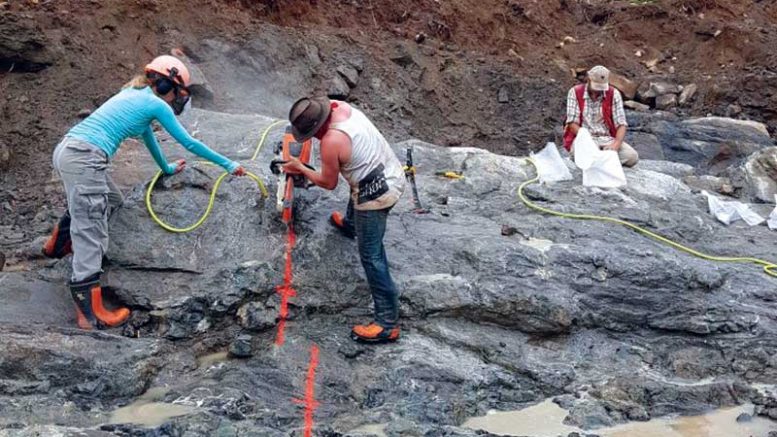
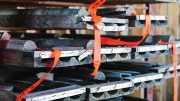
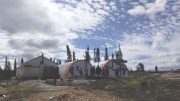
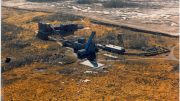
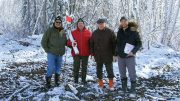
Be the first to comment on "Kintavar finds copper zone at Mitchi"